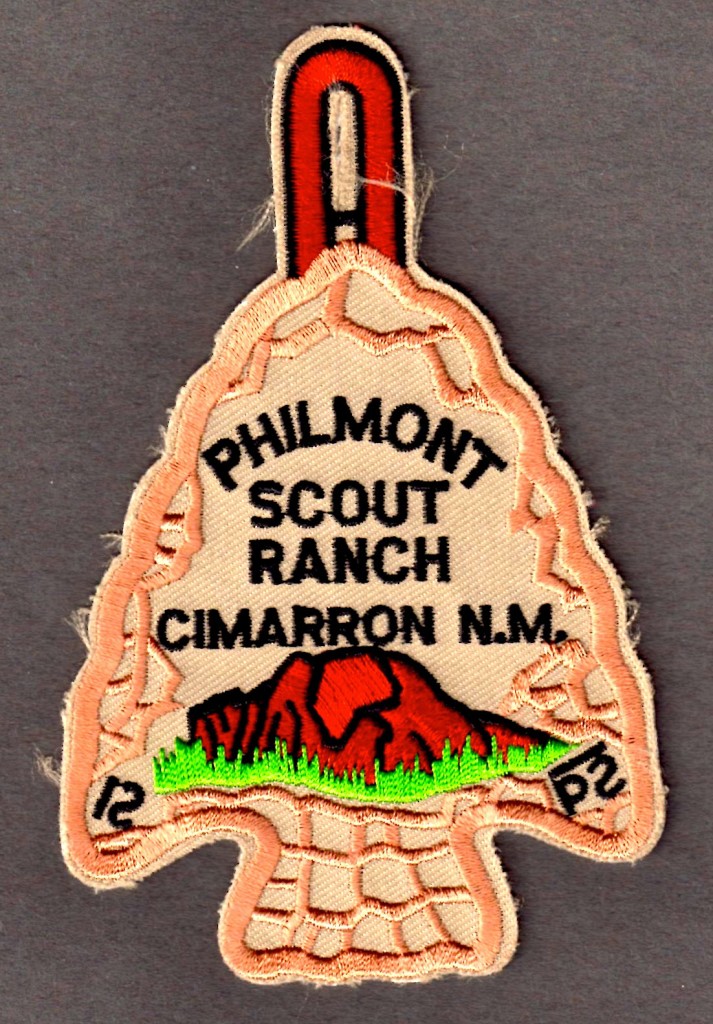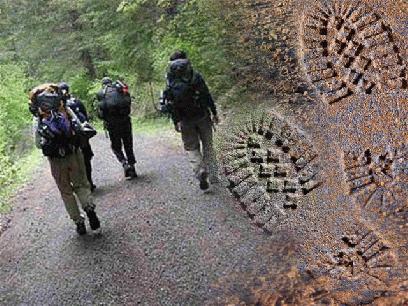
The author is aware of two units who each sent a crew to Philmont, and who each had an adult crew member have to remove themselves from the crew by the third day due to a physical inability to continue the trek. Fortunately, the loss of an adult crew member did not affect the ability of the respective crews to successfully complete their treks. These are unlikely to be isolated occurrences.
What are we to make of the decision-making processes at work here? Who made the decision to permit an adult to participate who was apparently so lacking in physical ability to have to drop out after only a few days, or to be denied participation as a result of Philmont’s pre-trek medical clearance? Here are the possibilities – (1) the unit, (2) the adult participant, and (3) the adult’s physician. What role/responsibility does each play in the process of participant selection?

Let’s start with Philmont’s risk advisory to potential participants: “A Philmont trek is physically, mentally, and emotionally demanding. Each person will carry a 35 to 50-pound pack while hiking 5 to 12 miles per day in an isolated mountain wilderness ranging from 6,500 to 12,500 feet in elevation. Weather could include temperatures from 30 to 90 degrees Fahrenheit.”
A pretty fair warning to potential Philmont participants. Yet, how many adults are presented with this risk advisory, and even if so presented, how many either take this warning to heart, or understand its significance?
With that in mind, what responsibility does the unit have in making sure that potential participating adults can safely and productively function under the stated conditions? Does not the unit have a responsibility to both the other participants and the potential adult participant’s family, in addition to the potential adult participant, to ensure that is the case? If there is any question, does the unit not have a responsibility to make such clear to the adult, and provide adequate training opportunities for the adult to either make themselves sufficiently prepared, or realize that the potential physical burdens may be too much to bear?
Which gets us to the potential adult participant’s physician. It is suspected that many high adventure physicals are obtained without the physician having an adequate understanding of the potential physical burdens to be encountered, and over what period of time. For a physician to provide a good faith medical approval for a strenuous high adventure trek, the physician must be presented with all relevant information. This burden, of course, is on the potential participant.
In the end, the selection of adult participants for high adventure treks is not one to be taken lightly.
Safe Scouting.
